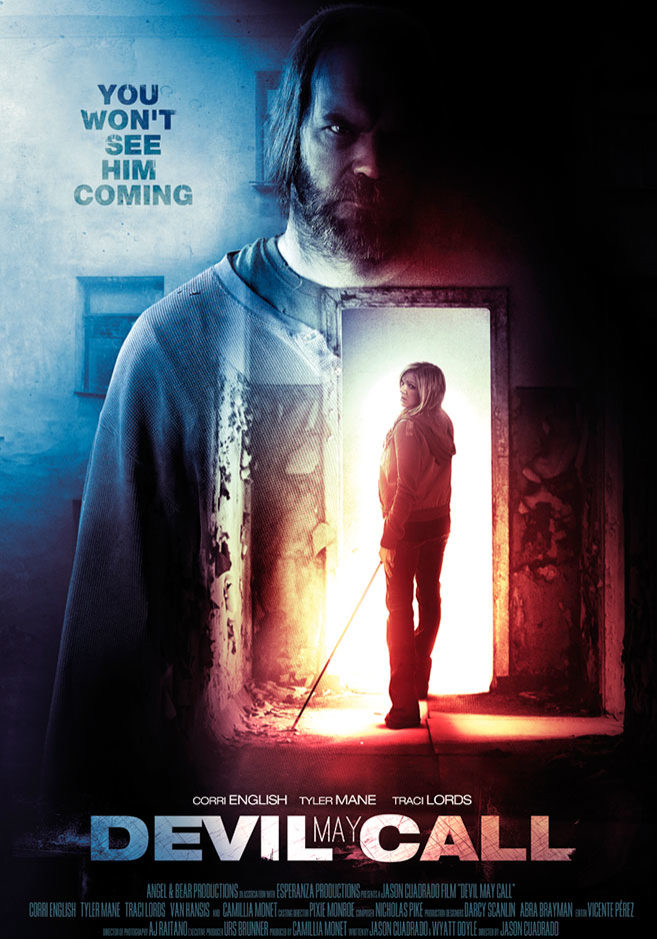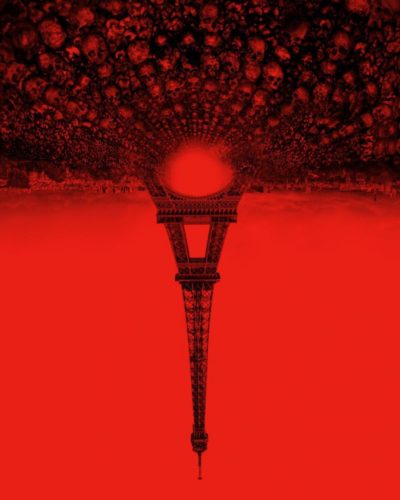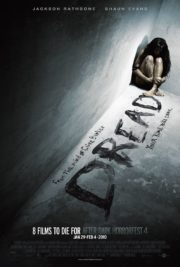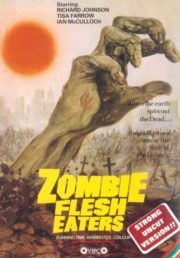A Cry in the Darkness: “Devil May Call”
“I’m at the end of my rope, and you’re the only one who can help me.” This desperate plea sets the stage for Devil May Call, directed by Jason Cuadrado and released in 2013. In this thriller, we follow crisis hotline counselor Sam (played by Corri English), who, on her last night on the job, receives a call from a person she never expects to meet—the unstable and threatening John (Tyler Mane). What unfolds is a night of harrowing encounters and a battle for survival that attempts to break barriers in the horror-thriller genre.
Whispers in the Shadows: Crafting the Horror Climate
The atmosphere of a horror film is its lifeline, and Devil May Call attempts to establish its ambience through a palette of shadowy claustrophobia. The horror unfolds primarily in a single location—an approach that, when done correctly, can escalate tension to almost unbearable levels. The directors aim to keep the audience teetering on the edge of their seats with this confined space, utilizing low lighting and close-up camera angles to create a sense of entrapment that echoes Sam’s desperation.
In focusing on the director’s approach to fear, Cuadrado does not rely on cheap scares. Instead, he lays a continuous thread of suspense, allowing viewers to dabble in the foreboding dread of John’s unpredictable nature. However, the tone slides into predictability at times, falling back on some overused tropes that can dissipate the meticulously built tension.
Through the Lens of Terror
When it comes to cinematography, Cuadrado and his team deploy the typical visual arsenal expected in a horror flick—low-key lighting, a cold, blue-tinted palette. The camera work is intimate and unflinching, forcing us to confront the terror head-on. While the film lacks groundbreaking visual effects, the practical, down-to-earth feel of the imagery serves its purpose in grounding the horror in reality, making the threat even more invasive.
The soundtrack and sound effects are, in many instances, the unsung heroes of horror, and Devil May Call is no exception. The subtle, creeping sound design enhances the mounting dread, while the minimalist score by Nicholas O’Toole chills to the bone at just the right moments. The use of silence, as well, is laudable, particularly in scenes where the void amplifies our unease.
Creating Nightmares: Performances and Fright Mechanics
Central to the film’s potency are the performances. English delivers a credible portrayal of a woman cornered by her circumstances—an empathetic character that the audience roots for. Tyler Mane’s depiction of John could have easily spiraled into caricature, but he strikes a balance, presenting a figure that’s eerily calm yet sinister.
One could categorize Devil May Call as a blend of psychological horror and a thriller, with slivers of slasher tradition woven in. While it eschews supernatural elements, it heavily relies on the psychological unravelling of its antagonist and the consequential peril of the protagonist.
Regarding fright tactics, the film embraces suspense over gore and prefers a slow, stabbing build-up to sudden jumps. Nevertheless, like many of its contemporaries in the genre, it indulges in a few obligatory surprise moments that can feel rehashed to the discerning horror fan.
A Deeper Darkness?
Within its narrative, Devil May Call attempts to touch upon themes of isolation, vulnerability, and the haunting nature of past actions that can never fully be outrun. While not profound in its discussion, such themes add a layer of complexity to an otherwise straightforward story.
Final Evaluation: Echoes of Screams
So, does Devil May Call leave you checking the locks on your doors, or does it fade into the dim alley of forgotten horror flicks? The answer lies somewhere in the middle. It’s a film that musters a convincing atmosphere and delivers decent scares, though falling short of innovation. Serious horror fans may find it lacking in novelty, but those seeking a modest, brisk dose of adrenaline may be pleasantly surprised.
Viewers looking for a non-supernatural, character-driven thriller might appreciate this nightmarish narrative, whilst squeamish individuals or those seeking ground-breaking horror might pass on this one.
Devil May Call does not revolutionize its genre, nor does it sit comfortably alongside titans of terror, but it’s not without its nerve-wracking moments. Its simplicity can either be its undoing or its strength, dependent on the audience’s appetite for horror. With caution advised for some disturbing content, it’s worth a watch for those who can appreciate modest aims in a genre often flooded with extravagance.




